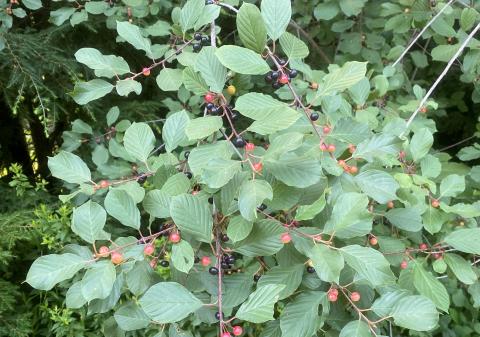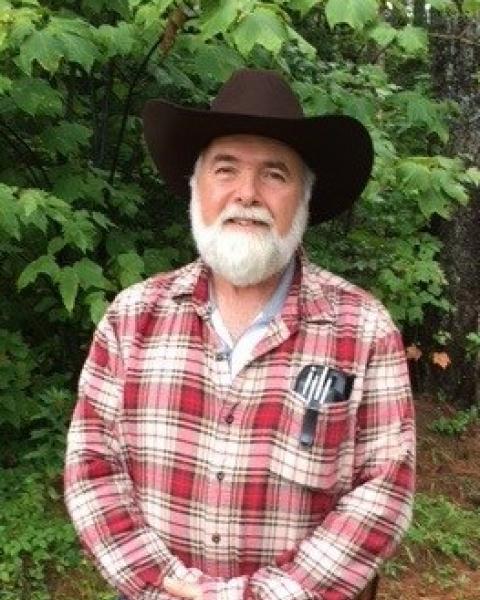Trees Tell Their Stories: Forest Management Decisions
Forest management decisions are largely made based on ownership goals and objectives. However, there are many times when the management practice, and timing, will actually be dictated by the trees themselves, their growing environment, and other external factors such as: markets, season, and very often insects and diseases. So, let’s talk about this for a few minutes. One of the timber harvests that I visited this past month was a well-stocked stand of mixed hardwood trees. The primary species were sugar maple and white ash, with a smaller component of red maple, American beech, white birch, yellow birch, and aspen. The prescription was largely a shelterwood harvest. The goal was to remove the more mature, damaged, and higher risk for mortality sugar maple, while also capturing as much of the mature white ash as possible.
This thinned out the stand while also making a few small openings that will encourage sugar maple seedlings to become established. The purpose of removing the mature white ash was to capture its volume and value before the invasive insect emerald ash borer (EAB) arrives and kills them. This is a case where the management practice was dictated by the expected infestation of an invasive insect. As I imagine most of us have heard, EAB, which is an introduced, invasive insect pest, is absolutely deadly to our native ash trees. It is a small, emerald green insect, whose larvae feed on the inner bark of the host ash tree, ultimately interrupting the transmission of nutrients, and killing the tree. There are efforts to control this insect, none of which will likely be timely enough to save our mature ash trees.

Another harvest was in a mixed wood stand, composed of mixed hardwood and softwood trees. This stand also had abundant glossy buckthorn, an introduced and invasive plant species, growing in the understory. The prescription was determined to be a clear cut. The goal was to make a large enough opening to promote aspen, white birch, and cherry seedlings to become established and compete with the invasive glossy buckthorn already present. This is another example where the management practice was largely decided upon based on external features, rather than the existing trees themselves.

Another site visited was a stand of mature spruce and fir with some scattered eastern larch (tamarack). This particular area had suffered some fairly significant windthrow damage with multiple trees tipped over by the strong winds. Some were even broken off before they could be blown over. The prescription here was to remove as many of the damaged trees, and those now more prone to wind damage, as possible. This treatment will capture this volume before the trees dry out and decay, while cleaning up the openings created by the windthrown trees to allow existing seeds to germinate and new spruce and fir trees to become established.
All of these harvest sites, although quite different in appearance, treatment, and overall stand composition, have some commonalities. First, each of the treatments will ultimately provide the opportunity for the next forest to become established and thrive. Each of these treatments was also decided upon, not only based on the existing trees present, but based on some external factor that either is, has, or will adversely affect the growth of the current forest. These treatments will also provide browse for some wildlife species, or cover as they regenerate for other species. The areas surrounding all of these areas will continue to provide travel corridors and cover for wildlife as they move in and out of the newly created habitats.
So, as you can see, some of our management decisions are based on external factors that affect our forests. Carefully thought out and planned management is important and must be flexible. Conditions within, and outside, of our woodlands are constantly changing and we must change with them if we are to do the best we can for the forest, wildlife, and you, the landowner.
Have a great April and enjoy it as our natural world comes to life once again!

